Enterprise Risk Management Certifications and Training for Future-Ready Professionals |
By Practitioners For Professionals
IERP®’s globally recognized ERM programs equip you with the skills to lead confidently in a changing risk landscape
The Institute of Enterprise Risk Practitioners (IERP®)
As the world’s first Enterprise Risk Management (ERM) certification institute, the Institute of Enterprise Risk Practitioners (IERP®) is a global leader in advancing best practices in ERM, governance, sustainability, strategy, and ethics. The IERP is also the global pioneer in delivering risk certification programs for board directors (Qualified Risk Director (QRD)TM)
We provide practical, industry-relevant learning designed to promote international ERM and GRC (Governance, Risk, and Compliance) standards in both strategic and commercial environments.
At the core of our approach is objective-centric risk management, empowering organizations and risk professionals worldwide to integrate data-driven insights, technology, and sustainability principles into their performance and governance frameworks. Through our programs and initiatives, we highlight ERM’s crucial role in strategy execution, business continuity, and ethical corporate governance.
Global Leader in Enterprise Risk Management (ERM) Courses, Training, and Certification Programs
Explore the IERP®’s pioneering, innovative, and global leading Risk Management certification and training programs. Designed for professionals at all levels, our programs equip stakeholders to identify, assess, and manage risks, enabling smarter operational and strategic decision-making across organizations. Gain practical skills, industry best practices, and globally accredited qualifications to advance your career, enhance your expertise, and lead with confidence.
Discover Strategic Excellence with us
Equip yourself with the skills and knowledge necessary to stand out and propel your career forward!

Certifications
Elevate your professional standing by attaining certification as a risk practitioner through our exceptional programs.

Events
Mark your calendar for our upcoming event, where you can connect with leading risk experts and fellow professionals.

Membership
Unlock exclusive privileges, including members-only discounts, publications, and more.
Our Achievements
The IERP® has been a global leader in initiatives and programs designed to elevate the skills of risk professionals and advance Enterprise Risk Management (ERM) practices and implementation standards worldwide.
Practical Qualifications Developed by Practitioners, for Professionals
Our risk management certifications are designed by seasoned risk and governance professionals to deliver real-world, practical value. Each program focuses on applied learning, equipping you with the skills and knowledge needed to lead confidently in today’s complex, risk-driven business environment.
Get Certified in Enterprise Risk Management (ERM) and Strengthen Your Strategic Advantage.
Gain globally recognized, industry-leading Risk Management certifications that go beyond theory. The IERP®’s programs are designed to sharpen your strategic thinking, enhance decision-making, and position you as a trusted risk leader in any organisation.
Our Latest Publications
Recognised by Professionals
Explore the testimonials from our esteemed past participants, providing valuable insight on how our programs had impacted their professional growth.
Frequently Asked Question
What is the Institute of Enterprise Risk Practitioners (IERP®)?
The Institute of Enterprise Risk Practitioners (IERP®) is the world’s first professional certification institute dedicated to Enterprise Risk Management (ERM). We deliver globally recognized risk management training, certification programs, and professional development designed to empower organizations—including management professional and leaders at every level, including Boards of Directors—to enhance their risk decision-making, corporate governance, ethics and integrity, strategic resilience, and enterprise risk practices.
What types of enterprise risk management certifications do you offer?
IERP® offers a wide range of certifications, including Enterprise Risk Management, Operational Risk Management, Digital Risk Management, Sustainability Risk Management, Auditing ERM, Business Continuity Management and Board Directors Risk certifications. Each program is practitioner-led and focused on real-world application to ensure immediate professional impact.
Who are your programs designed for?
Our programs cater to a wide range of professionals, from risk executives all the way through to Board Directors – including C-suite executives, auditors, ESG practitioners, Technology and Data Risk practitioners, and governance and compliance professionals — who aim to strengthen their risk management expertise and leadership capabilities.
Do I need prior experience in risk management to enroll?
You don’t need a background specifically in risk management to enroll. However, a minimum of 6 months working experience is required for degree holders, and at least 5 years for non-degree holders.
How are the training sessions delivered?
We offer flexible learning formats, including virtual instructor-led training, in-person sessions, and custom in-house corporate programs. All are designed for busy professionals seeking practical knowledge with immediate impact.
What makes the IERP® different from other certification and training providers?
The Institute of Enterprise Risk Practitioners (IERP®) is recognised globally for its objective-centric, practitioner-designed programs, developed and delivered by experienced board directors and senior risk professionals. Our strategic, results-driven approach to Enterprise Risk Management (ERM) ensures measurable business impact, organizational resilience, and lasting global relevance.
Can organisations enroll teams or request custom training?
Yes. The IERP® provides customised in-house training tailored to your organisation’s needs. These programs are ideal for aligning teams, amongst others, on Governance, Risk and Compliance (GRC), Technology and Data Risk, and ESG, ensuring consistent knowledge, stronger collaboration, and measurable business impact.
How do I get started?
Begin your journey towards certification by exploring our various Risk Management programs and filling out the contact form here. Our team will guide you through the registration and enrollment process, helping you choose the program that best fits your professional goals
Trusted By Leading Organizations
Our corporate members include Fortune 500 companies
and other leading companies, listed and unlisted.
Our corporate members include Fortune 500 companies and other leading companies, listed and unlisted.

Subscribe to our weekly newsletter
and stay connected!
Subscribe to our weekly newsletter and stay connected!
Receive the latest update on our risk management program, industry news, events and more!





















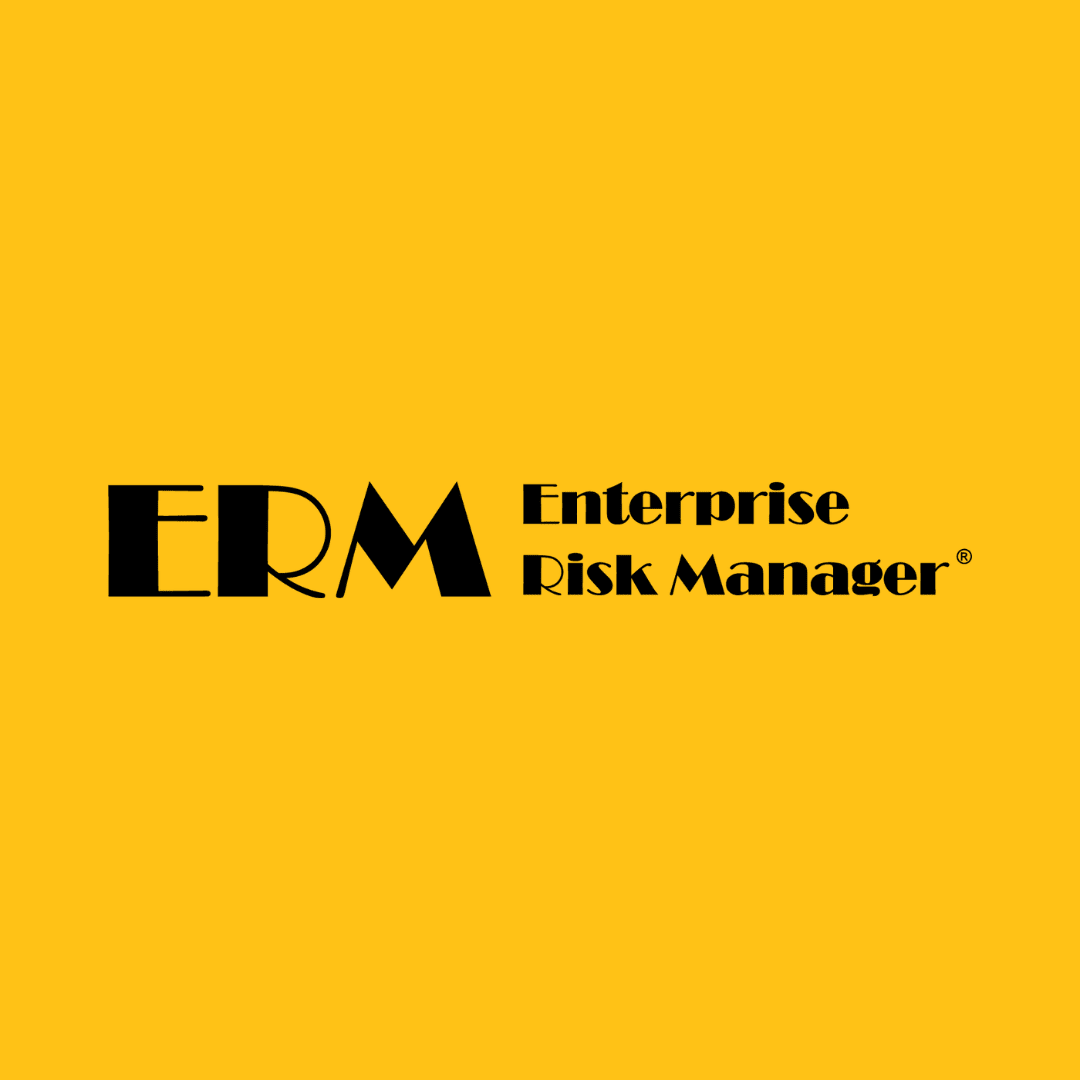
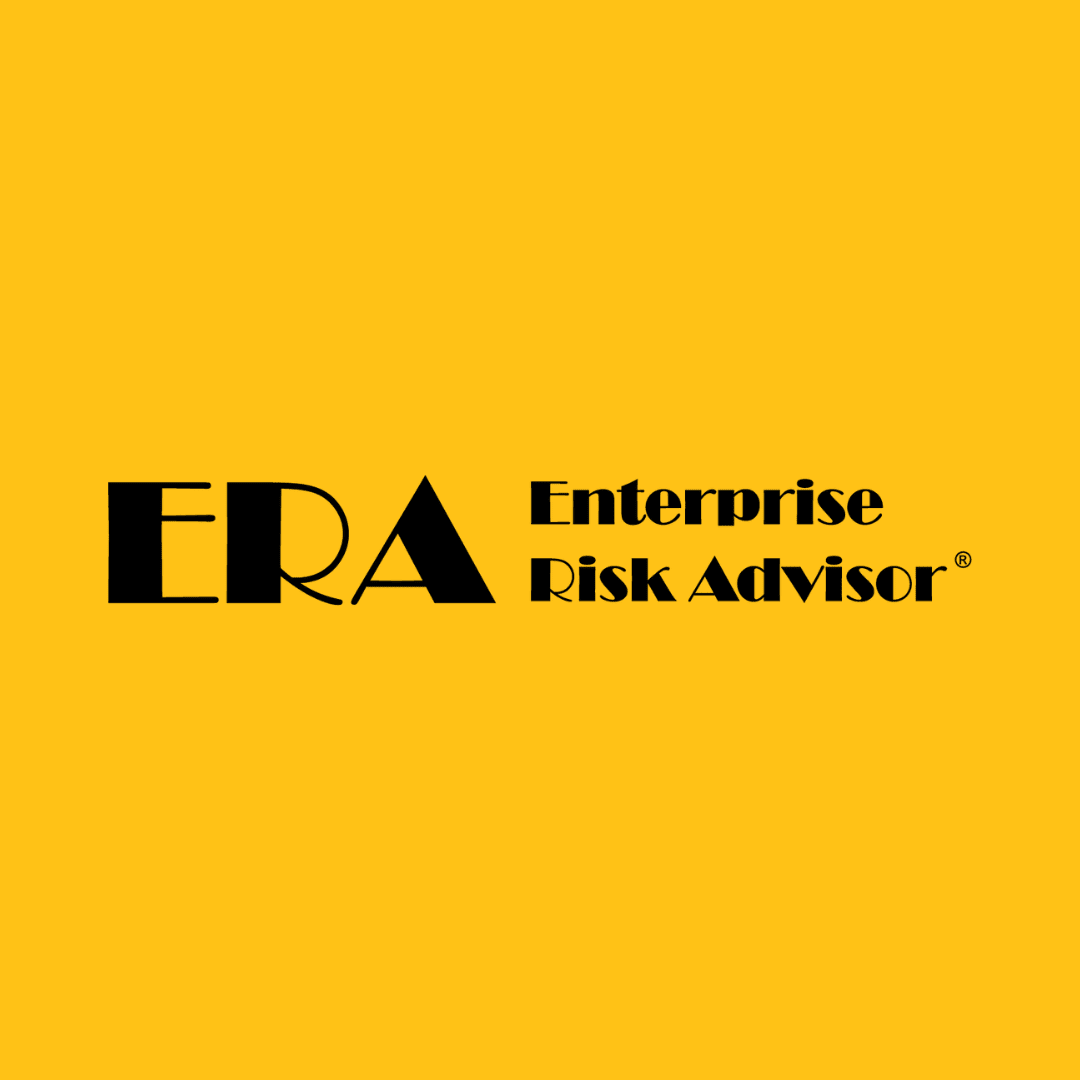
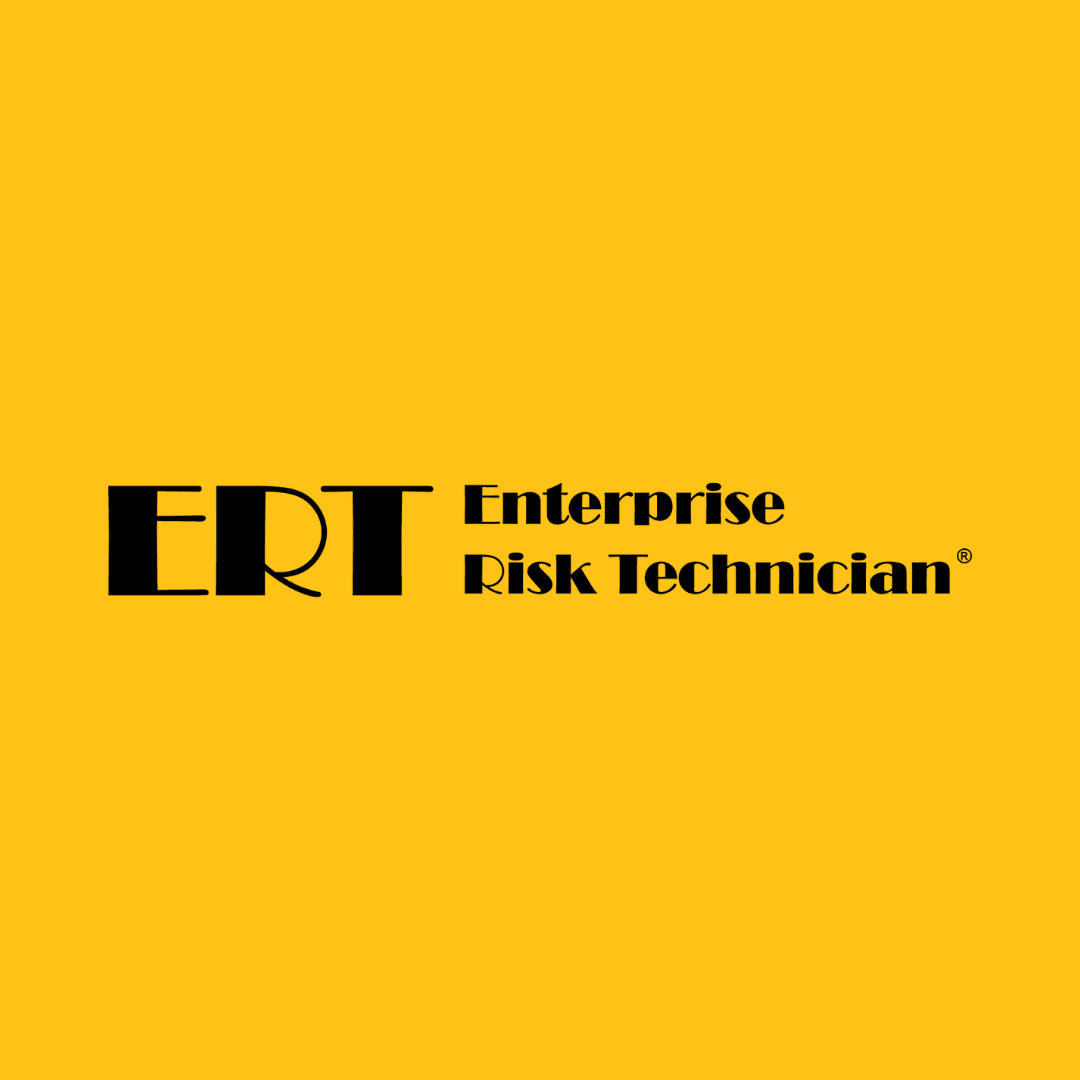
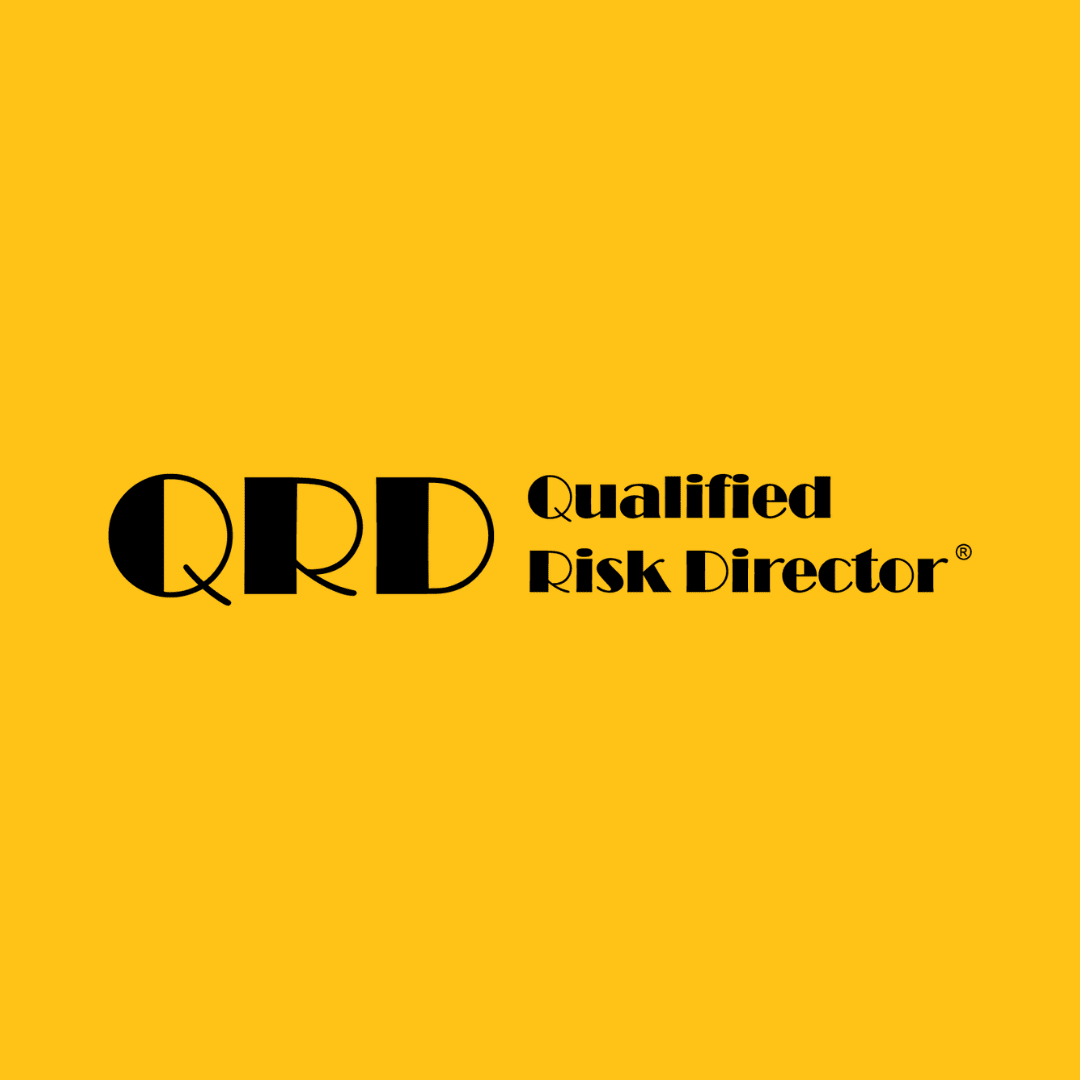
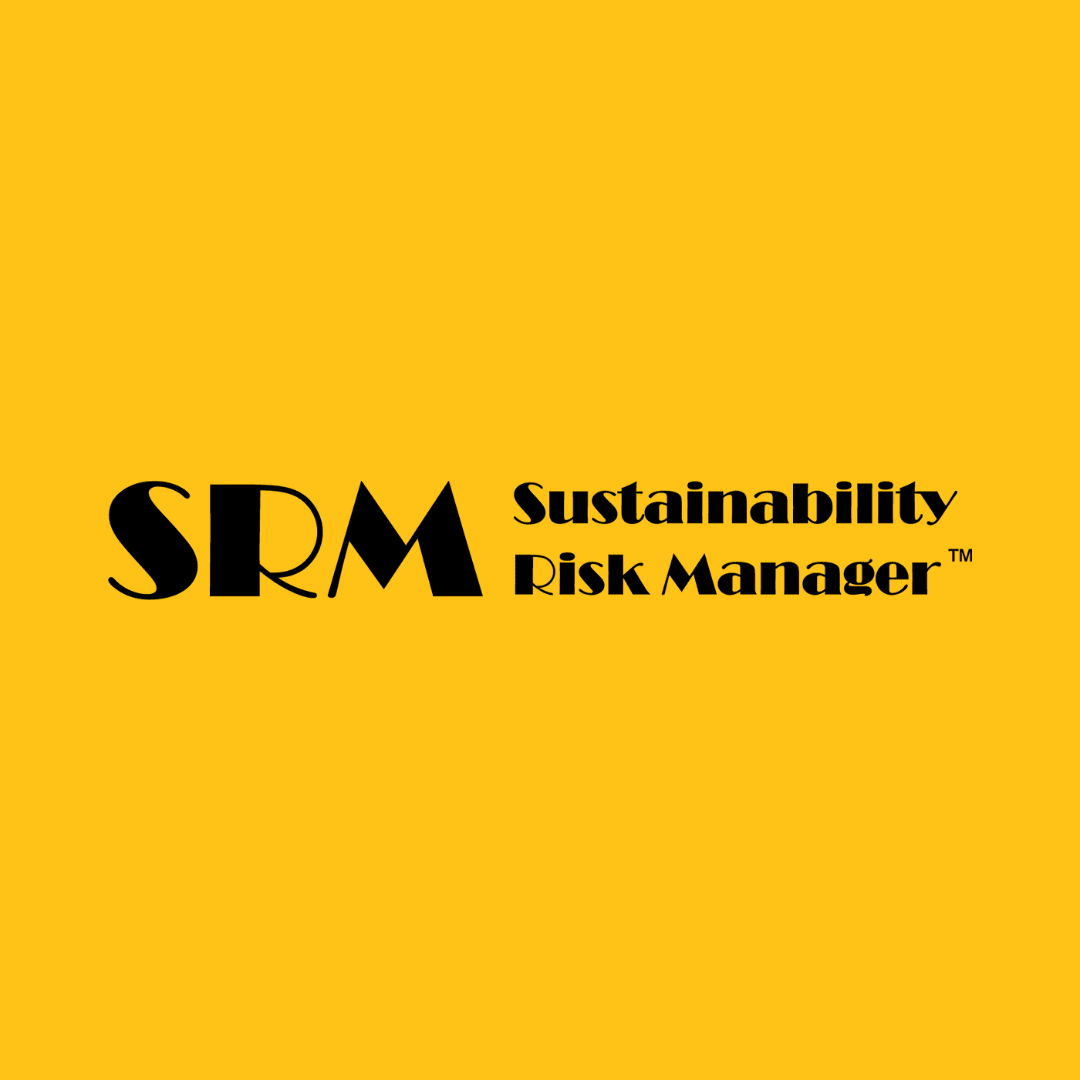
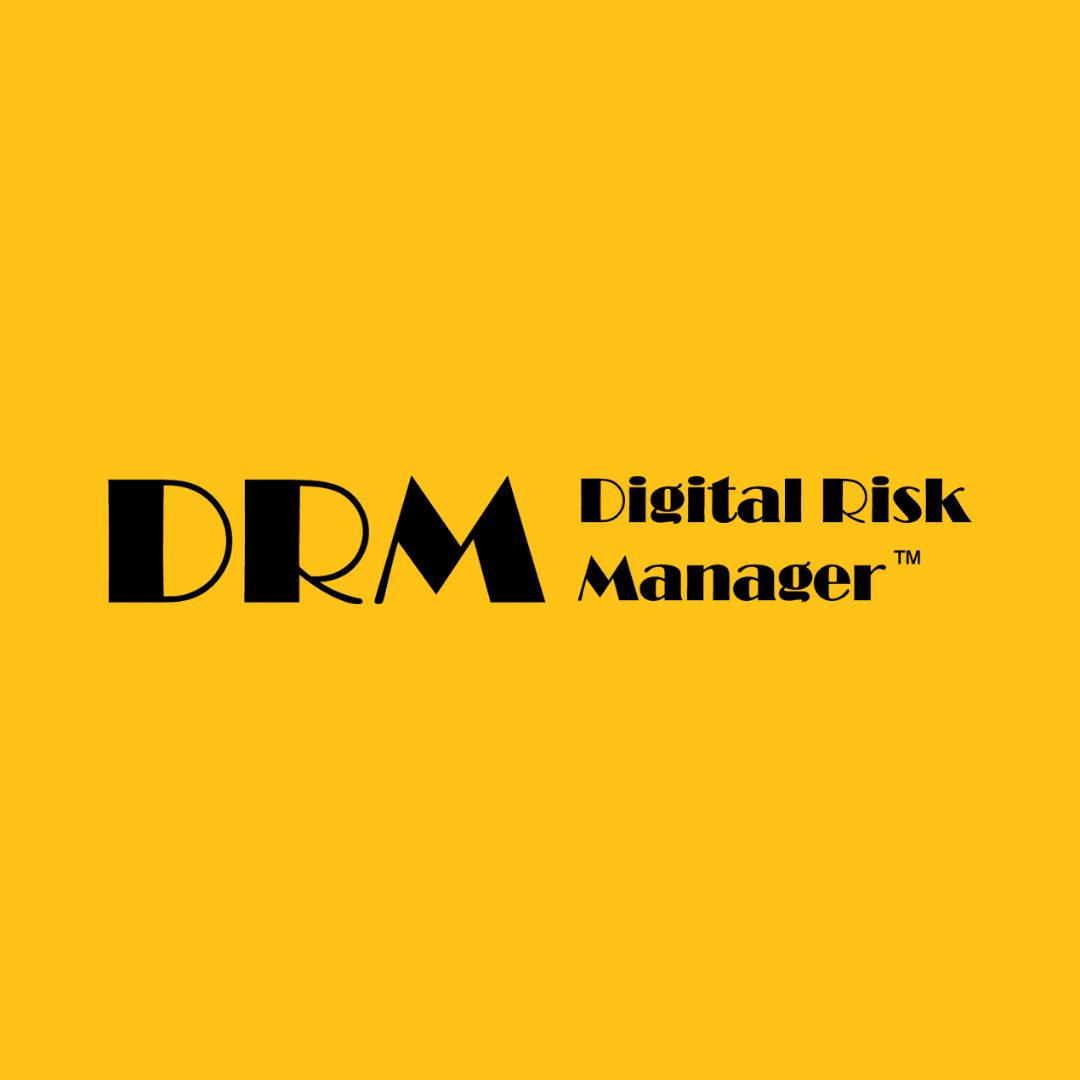
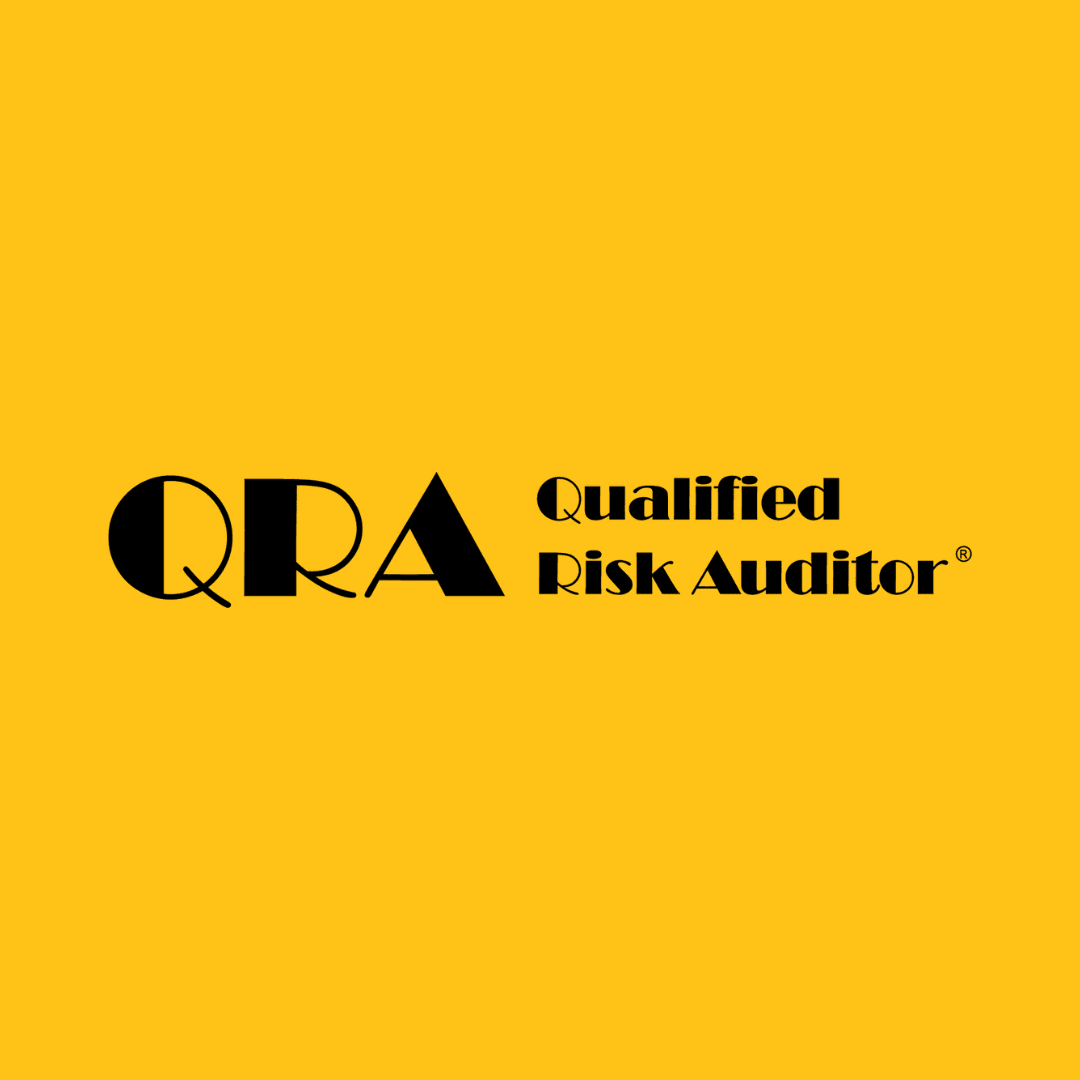

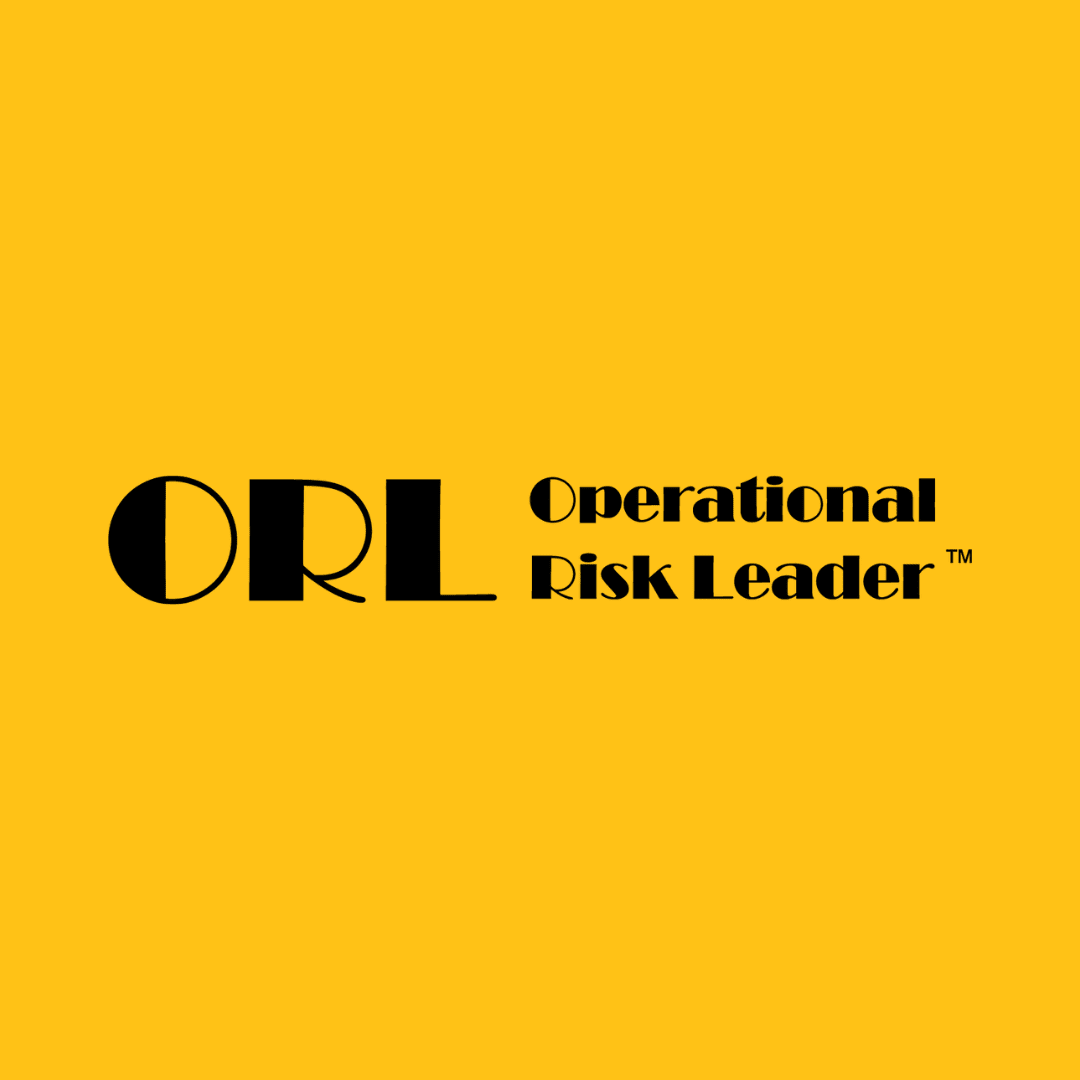
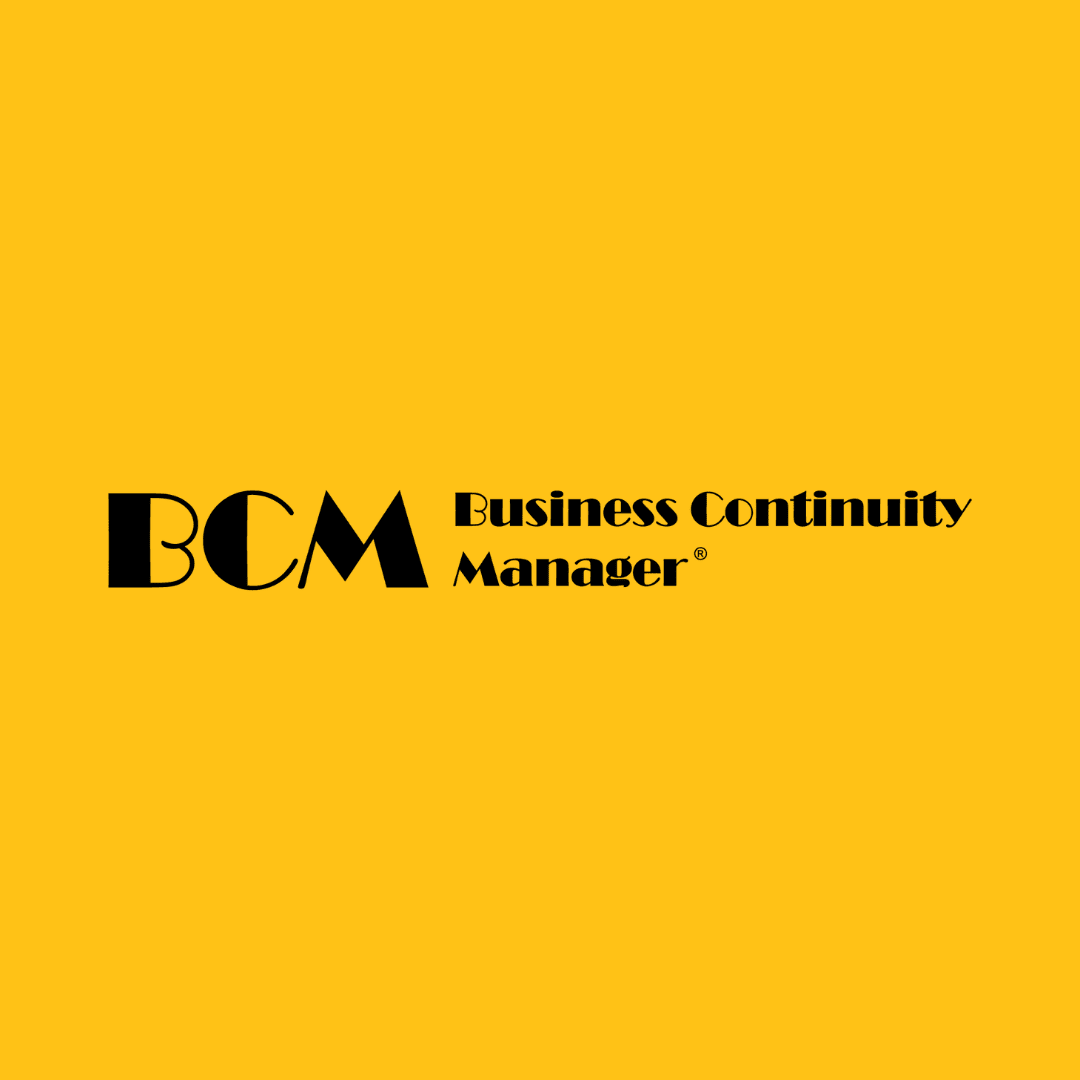
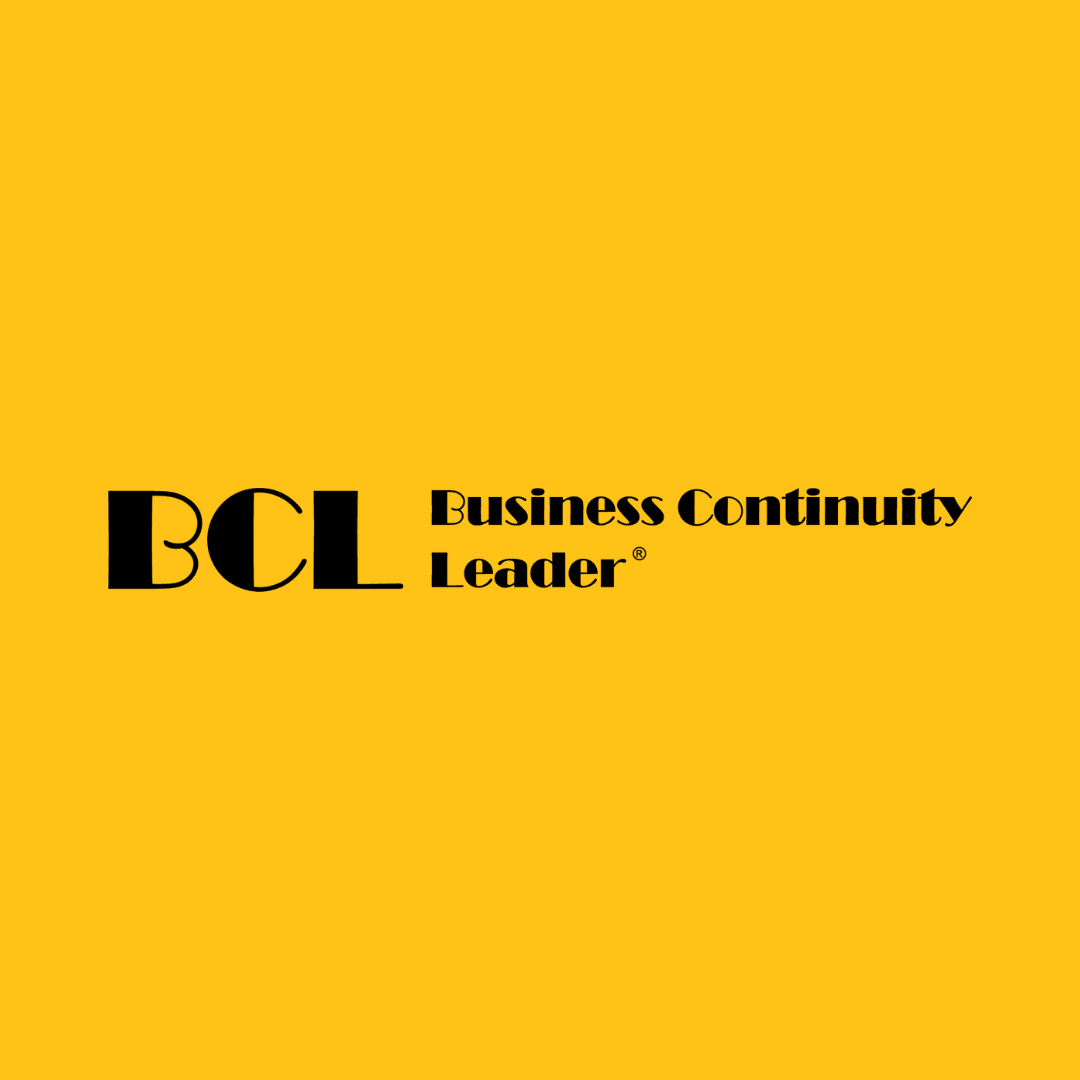







in a very simple manner i.e. easily understandable.